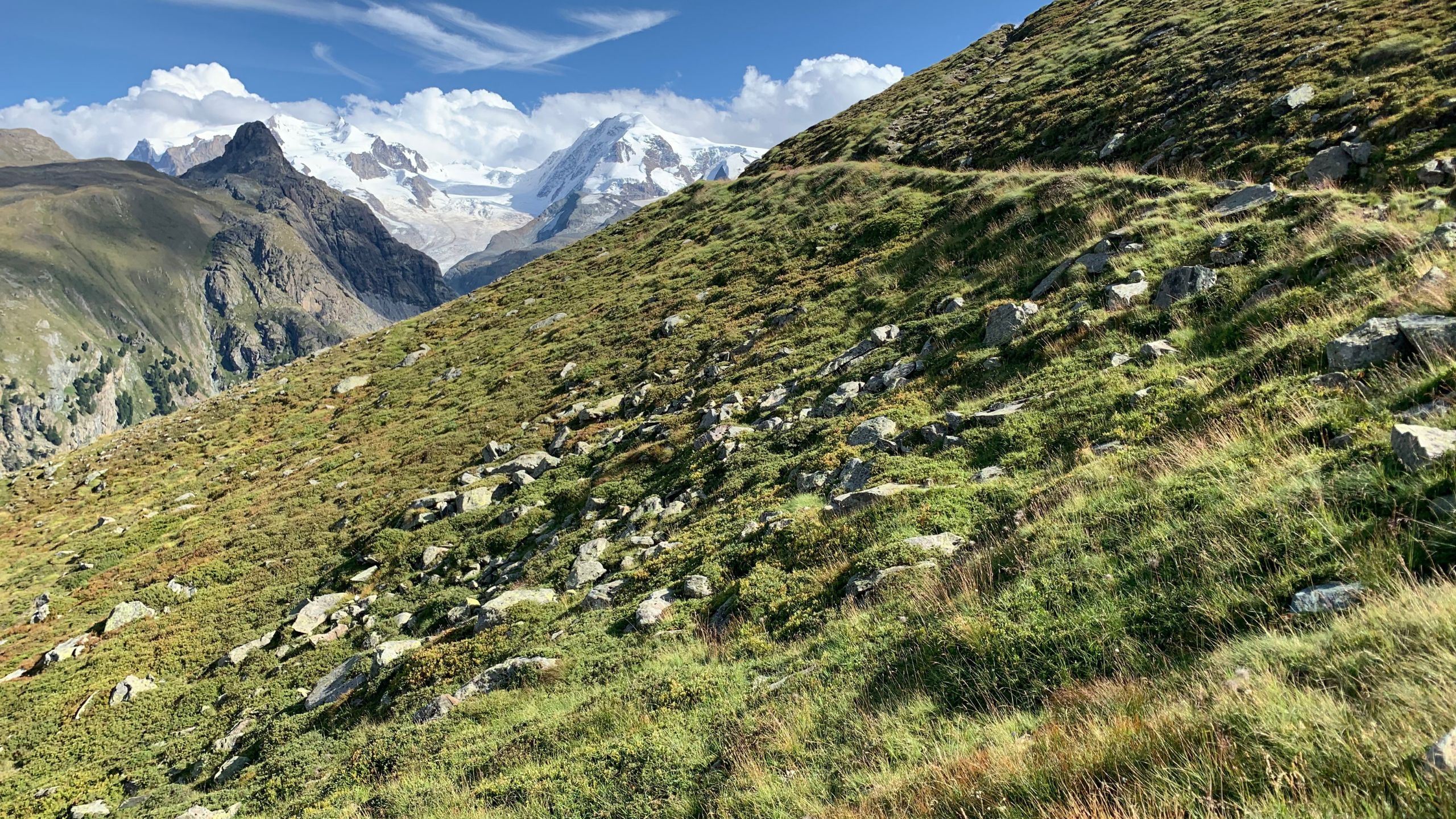Surroundings of Rome: The Ancient City of Segni and Its Imposing Cyclopean Walls
Just over an hour from Rome lies a place where time seems to stand still: its silence wraps around you completely, and every stone beneath your feet tells a story steeped in antiquity, tradition, and uniqueness. Nestled in the famous Lepini Mountains, the town of Segni is one of those hidden gems that escape mass tourism yet captivate the hearts of all who are lucky enough to discover it. Still considered a hidden treasure, Segni remains one of the oldest cities in Lazio, founded—according to tradition—by King Tarquinius Priscus in the 7th century BC, and linked to Rome by a history of alliances and conquests. Walking through the town feels like stepping into a tale where nature, history, and beauty blend in harmony and enchantment. The historic center, intimate and authentic, is made up of cobbled alleys that lead to breathtaking panoramic views, where it’s easy to lose yourself in the scenery of hills, olive groves, and mountain silhouettes.
Discovering the Ancient Face of Segni
The unmistakable symbol of Segni is its polygonal or megalithic walls, better known as Cyclopean walls. These massive limestone blocks, perfectly interlocked without mortar, surround the ancient settlement and appear as if carved by giants. Their origin dates back to archaic Roman times, and they remain one of the oldest and best-preserved defensive systems in Italy.
What makes these walls truly special is the presence of the Porta Saracena, a monumental trapezoid-shaped gateway with a monolithic architrave that seems to defy time and gravity. With its size, imposing ogival arch, and distinctive style, it is considered one of the most evocative landmarks of the area. Walking through it feels like making a symbolic transition between past and present, myth and reality. Unsurprisingly, the walls—and the gate itself—are often compared to those of Mycenae in Greece.
Beyond the walls and the gate, Segni hides little-known but fascinating treasures. Not to be missed is the Acropolis, accessible by a pleasant walk through olive and holm oak groves. Here lie the remains of temples and ancient Roman cisterns. Other noteworthy stops include the Cathedral of Santa Maria Assunta, which dominates the main square with its austere facade and rich sacred art interiors, and the Municipal Archaeological Museum, small but precious, housing local artifacts that narrate the city’s historical evolution. Lastly, perched in a panoramic position, is the Temple of Juno Moneta, which still attests to Segni’s religious significance during Roman times.
In addition to its historical and artistic heritage, spending a day outdoors in this enchanting village can be a rejuvenating experience. Its nature trails winding through scenic landscapes are perfect for those who enjoy slow-paced walks that combine the pleasure of hiking with the discovery of beautiful hidden corners.
Local Events and Flavors
Visiting Segni means being embraced by its most deeply rooted traditions, which are expressed through daily gestures, the aromas drifting through its cobbled streets, and the stories told by its residents. In autumn, the town comes alive with the Sagra del Marrone Segnino, a festival that celebrates the chestnut—a symbol of Lazio’s mountain cuisine. The squares fill with artisan stalls, folk performances, and traditional music, while the scent of roasted chestnuts fills the air. It’s a heartfelt event that attracts visitors from across the region, drawn by its authenticity and the desire to rediscover forgotten flavors. In this welcoming atmosphere, the taverns of Segni open their doors with dishes that smell of home: fettuccine with porcini mushrooms, rustic soups made from legumes and grains, slow-cooked roasts, and chestnut-based desserts that evoke memories of grandmothers and crackling fireplaces. Each bite is a plunge into a cuisine that is humble yet rich in flavor, made with genuine ingredients and a lot of love. And in the colder months, accompanied by a glass of “vino cotto” and a slice of rustic bread, food becomes a true ritual—a moment of sharing that connects visitors and locals alike, offering an experience that goes far beyond taste.
How to Get to Segni
To reach the town of Segni from Rome, several options are available. By car, take the A1 motorway heading south and exit at Colleferro, then follow signs to Segni. The journey takes about an hour—perfect for those who enjoy traveling independently and soaking in the landscape. Alternatively, since there is no direct train to Segni, the bus remains the most efficient choice for those without a car. The trip takes about an hour and a half; just catch a Cotral bus from the Anagnina or Ponte Mammolo station directly to Segni.
Perfect for a day trip or as a stop on a cultural itinerary, Segni is an authentic, timeless destination far from the bustle of the city. Ideal for those wishing to rediscover the riches of Lazio’s countryside while living an unforgettable experience made of history, culture, and serenity.




